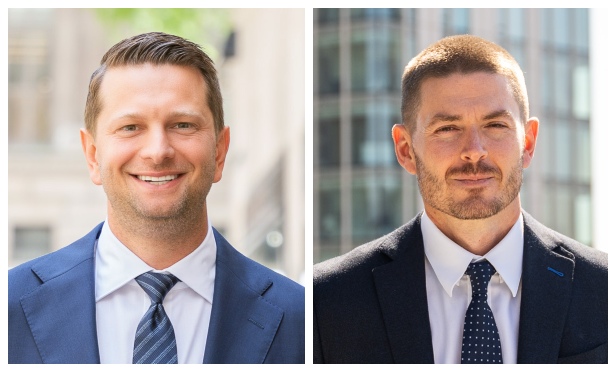 Parking, and often free or low-cost parking, is a standard in Los Angeles. However, some experts say that the city has an excess of parking, and it is usurping land that could otherwise be used for a higher-and-better use. In a city plagued by a dearth of available development sites, many owners are re-thinking and even re-purposing parking.
Parking, and often free or low-cost parking, is a standard in Los Angeles. However, some experts say that the city has an excess of parking, and it is usurping land that could otherwise be used for a higher-and-better use. In a city plagued by a dearth of available development sites, many owners are re-thinking and even re-purposing parking.
“While abundant free parking seems to go hand in hand with L.A.'s deeply rooted car culture, our sense of parking entitlement comes at a high price. Outdated parking codes increase development costs and negatively impacts residents and users, and ultimately give way to neglected public transportation, higher cost of living, irreversible pollution, and housing shortages,” Jake Radeski, account manager at Beta, tells GlobeSt.com. “Land dedicated to excess parking is a lost opportunity to build something purposeful, and creates wasted space that could be reclaimed to improve our urban landscapes.”
The statistics on parking usage in L.A. are staggering. Radeski notes a report in Journal of American Planning Association that estimates 14% of land in Los Angeles is dedicated to parking—approximately 18.6 million spots for the estimated 5.6 million cars in the county. “Valuable real estate is being used to essentially store cars,” he says. The issue of land availability and over-parking has become more widely discussed in light of California's growing housing crisis.
Building regulations are fueling the over-supply of parking while restricting new development. “A typical parking requirement in L.A. requires one parking stall per 100 square feet for a restaurant, café or coffee shop,” says Radeski. “That means that a 2,000 square foot restaurant requires 20 parking stalls, and if the average parking stall requires 330 square feet of land, the parking field is more than three times the size of the restaurant itself.”
It makes sense to require necessary parking for new projects, but often the parking needs don't line up between uses. “While commercial parking requirements make sense in theory, when examined on a deeper level, can prove to be arbitrary,” adds Radeski. “West Hollywood mandates that laundromats have 0.5 parking stalls per washing machine. Miniature golf courses in Huntington Park must have 3 stalls per hole. Parking requirements are too subjective to provide a clear benefit, limits the utility of valuable real estate, and drives up costs for tenants and users.”
These requirements also make it challenging to create density and an experience at a project. “The large amount of land dedicated solely to surface-level parking pushes buildings away from each other, which makes it more difficult to walk from building to building and in turn encourages driving. From a retail perspective, oversized parking fields in urban landscapes reduce walkability, which breaks up customer flow and retail synergy,” says Radeski.
Now, owners and cities are adopting more walkable spaces and repurposing excess parking, where they can. “The City of Santa Monica has benefited by eliminating parking requirements on new development in the downtown Bay Side District,” says Radeski. “This creates a more walkable shopping district and provides retailers and restaurants the opportunity to occupy spaces they'd otherwise be unable to due to parking requirements. Furthermore, Santa Monica's adoption of electric scooters gives visitors increased mobility in a way that does not require parking stalls.”
Retail owners Invesco and Lowe are two owners re-evaluating parking. “Invesco, owners of Runway Playa Vista, plans to close off a portion of the project to vehicular traffic to increase walkability of the project and to further activate their storefronts,” says Radeski. “In Culver City, Lowe's transit-oriented Ivy Station project is a master planned mixed-use development located immediately adjacent to a light rail stop.”
These changes illustrate a change in the conversation and culture around parking in Los Angeles. “Communities have the opportunity to repurpose some of the most valuable underutilized real estate by adapting to our changing culture to keep up with urban real estate challenges,” adds Radeski.
Want to continue reading?
Become a Free ALM Digital Reader.
Once you are an ALM Digital Member, you’ll receive:
- Breaking commercial real estate news and analysis, on-site and via our newsletters and custom alerts
- Educational webcasts, white papers, and ebooks from industry thought leaders
- Critical coverage of the property casualty insurance and financial advisory markets on our other ALM sites, PropertyCasualty360 and ThinkAdvisor
Already have an account? Sign In Now
*May exclude premium content© 2024 ALM Global, LLC, All Rights Reserved. Request academic re-use from www.copyright.com. All other uses, submit a request to [email protected]. For more information visit Asset & Logo Licensing.








